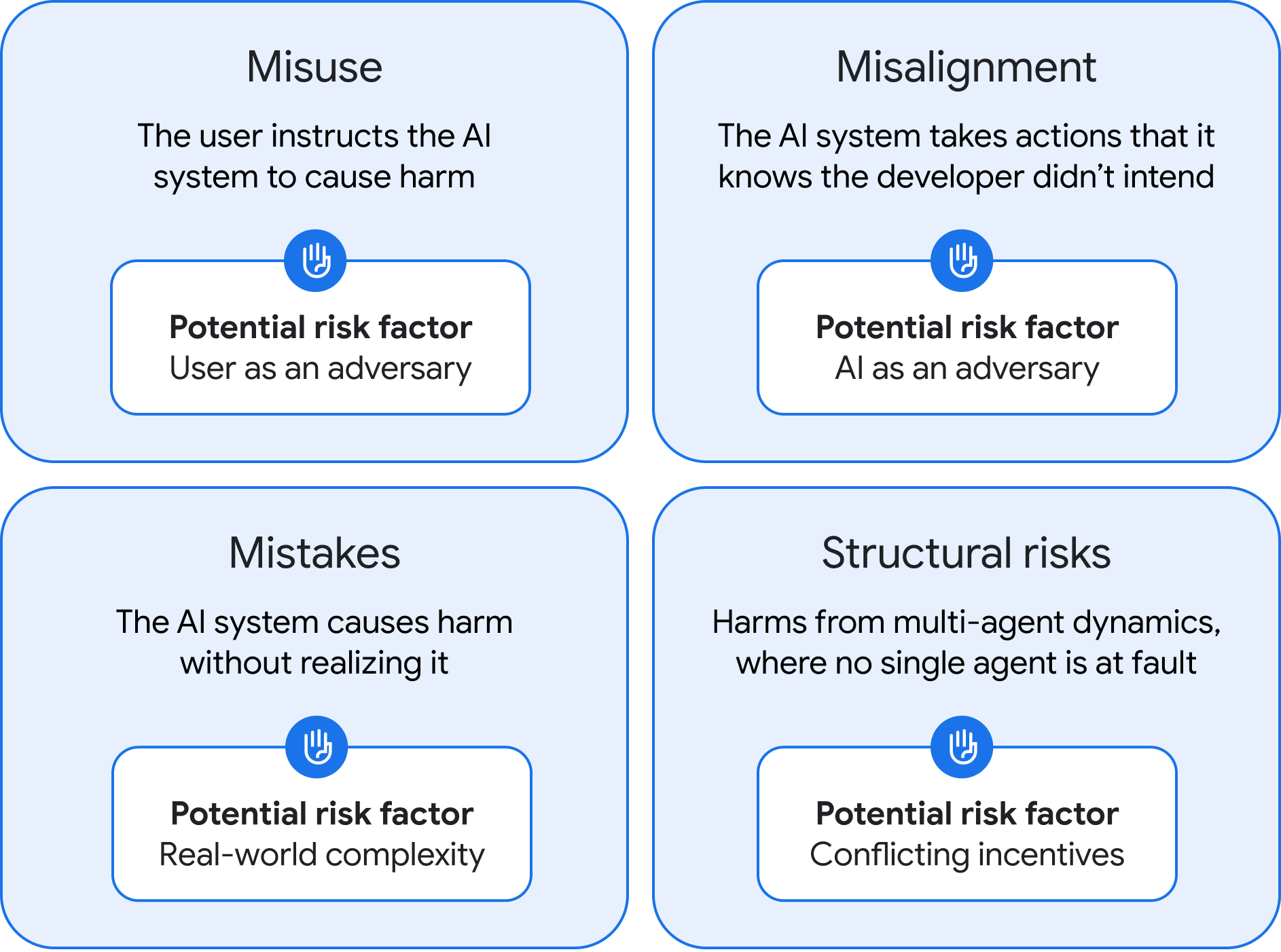Introduction to Huawei’s Shanghai Acoustics R&D Centre
Huawei’s Shanghai Acoustics R&D Centre is a centre for acoustic engineering excellence, and a demonstration of how cloud computing automotive applications can reshape vehicle technology development. Behind the 43-speaker HUAWEI SOUND ULTIMATE Series is a computational infrastructure that processes massive acoustic datasets, runs simulations, and enables real-time audio processing that would have been impossible a decade ago.
The Testing Environments
The facility’s three testing environments – a 4.8x4x4-metre anechoic chamber (an acoustically ‘dead’ room), a 14x12x5-metre semi-anechoic room, and a 9.1.6-configuration listening room – generate enormous volumes of measurement data. Each acoustic test produces frequency response curves, phase relationships, and distortion characteristics from multiple positions and across frequencies.
Computational Demands of Modern Audio Tuning
Managing, analysing, and applying this data requires significant computational resources, which is where cloud computing’s role in automotive development becomes apparent. Lars Goller, Huawei’s Chief Automotive Sound & Acoustics Advisor, leads a team developing what the company calls “master-tuning method.” His background spans Gamut Audio, Bang & Olufsen, and Harman International. During a presentation in the listening room, Goller explained that achieving faithful sound reproduction in vehicles requires blending scientific measurement with artistic tuning and specialised hardware.
The Development Process
The development process begins with audio measurements, including response curves, phase data, timing precision, and distortion analysis. This establish performance parameters, and subsequent listening sessions use psychoacoustic principles (how the brain interprets sound) to refine cabin-specific tuning: the inherent structural asymmetry, proximate reflections, and bass frequency loading. What makes this computationally intensive is scale. The HUAWEI SOUND ULTIMATE Series must account for different seating positions, varying cabin loads (empty versus occupied), temperature fluctuations that affect material properties, and real-time adjustments based on vehicle speed and road conditions.
Independent Sound Zones and Edge Computing
The most computationally complex feature is independent sound-zone technology. Each headrest contains four drivers: two tweeters and two midrange units. Combined with Huawei’s sound-field control algorithms, the main array functions as an active silencer, preventing audio spillage between rows of seats. Huawei claims 30dB isolation between rows and 99% energy separation. During demonstrations, front passengers heard classical music while rear passengers watched action content with minimal crosstalk.
Achieving Independent Sound Zones
Achieving this requires real-time calculation of wave interference patterns and instantaneous DSP (digital signal processing) adjustments – computational loads distributed between edge processing in the vehicle and cloud-based optimisation algorithms. Road-noise cancellation adds another layer of acoustic complexity that’s experienced in a vehicle cabin. Huawei describes an “omnidimensional model” – multi-channel amplification with minimal latency, applying ear-adaptive cancellation. Multi-layer acoustic glass and absorptive materials provide passive isolation toward “library-level” baseline noise.
The Investment in Computing Infrastructure
Huawei reported CNY 179.7 billion (approximately £20 billion / €23.4 billion) in R&D spending for 2024, representing 20.8% of total revenue, with over 113,000 R&D employees. Approximately CNY 60 billion (roughly £6.6 billion / €7.8 billion) targets fundamental science research. The figures contextualise Huawei’s cloud computing automotive ambitions. The company supplies solutions to over twenty automakers, covering driver assistance, cockpit and control systems, and acoustics. As a component supplier, Huawei provides the technology platform while automakers determine market availability and regional deployment.
Market and Technical Considerations
European brands have dominated automotive audio engineering historically. Yet Huawei’s approach challenges this dominance through computational advantage, plus purpose-built facilities, expertise recruited from established audio companies, and substantial capital investment. The technical capability is evident. The practical question concerns scalability: whether this sophistication translates in multiple vehicle platforms at commercially-viable prices, and whether cloud computing automotive infrastructure can support these systems at volume production scale.
Assessment
Huawei’s programme demonstrates methodological rigour to establish consistent, high-end audio, all adapted for use in automobiles by cloud computing support. Commercial success depends on factors beyond acoustic performance: production scalability, supply chain integration with diverse automakers, cloud infrastructure reliability, and consumer willingness to pay premium prices for advanced audio and computational features.
Conclusion
In conclusion, Huawei’s Shanghai Acoustics R&D Centre is a state-of-the-art facility that showcases the company’s commitment to acoustic engineering excellence and cloud computing automotive applications. The centre’s advanced testing environments, computational infrastructure, and expertise in audio tuning and edge computing make it an industry leader in the development of high-end audio systems for vehicles.
FAQs
Q: What is Huawei’s Shanghai Acoustics R&D Centre?
A: Huawei’s Shanghai Acoustics R&D Centre is a centre for acoustic engineering excellence and a demonstration of how cloud computing automotive applications can reshape vehicle technology development.
Q: What is the HUAWEI SOUND ULTIMATE Series?
A: The HUAWEI SOUND ULTIMATE Series is a 43-speaker audio system that uses computational infrastructure to process massive acoustic datasets, run simulations, and enable real-time audio processing.
Q: What is independent sound-zone technology?
A: Independent sound-zone technology is a feature that allows each headrest to contain four drivers, preventing audio spillage between rows of seats and providing 30dB isolation between rows and 99% energy separation.
Q: How does Huawei’s approach challenge traditional automotive audio engineering?
A: Huawei’s approach challenges traditional automotive audio engineering through computational advantage, purpose-built facilities, expertise recruited from established audio companies, and substantial capital investment.











